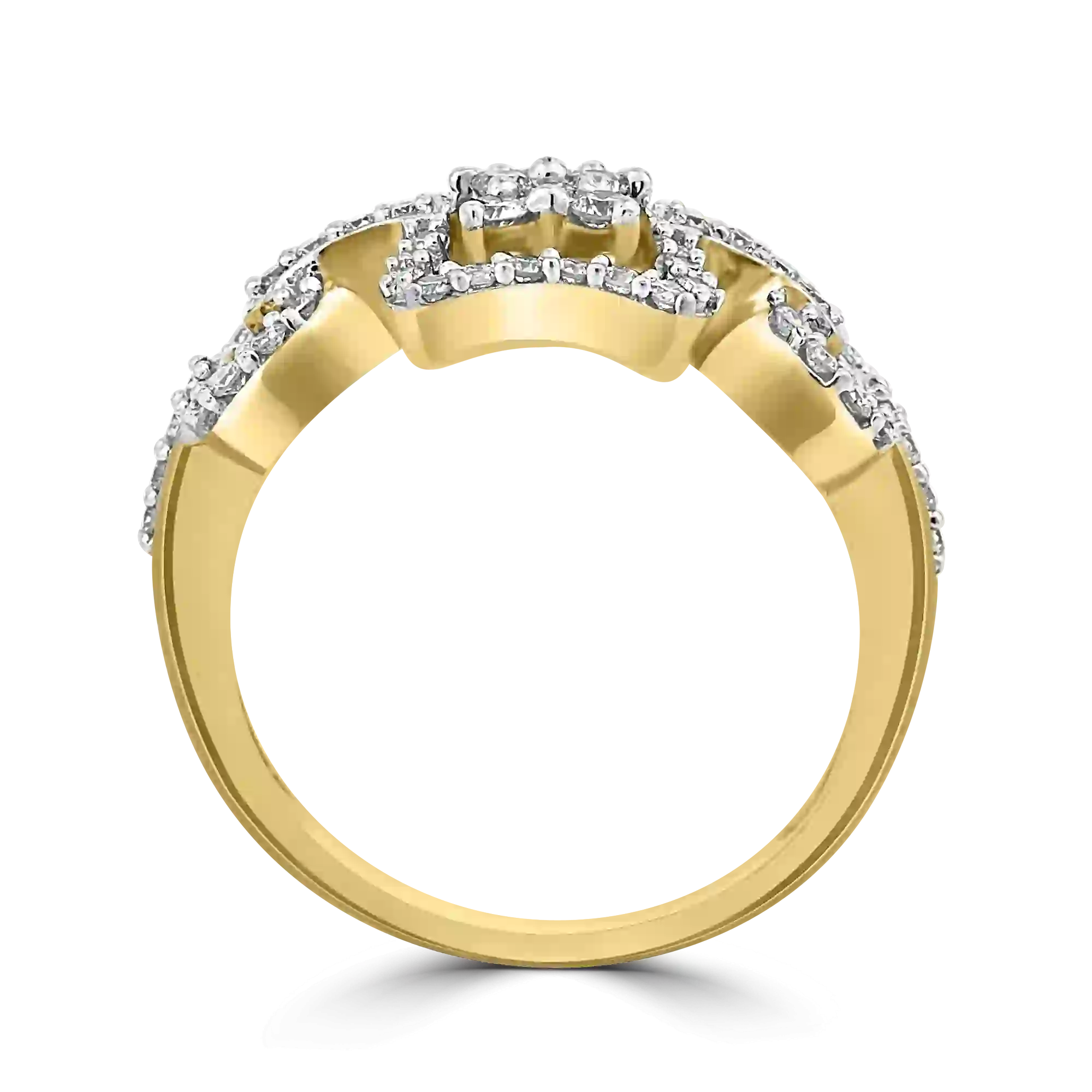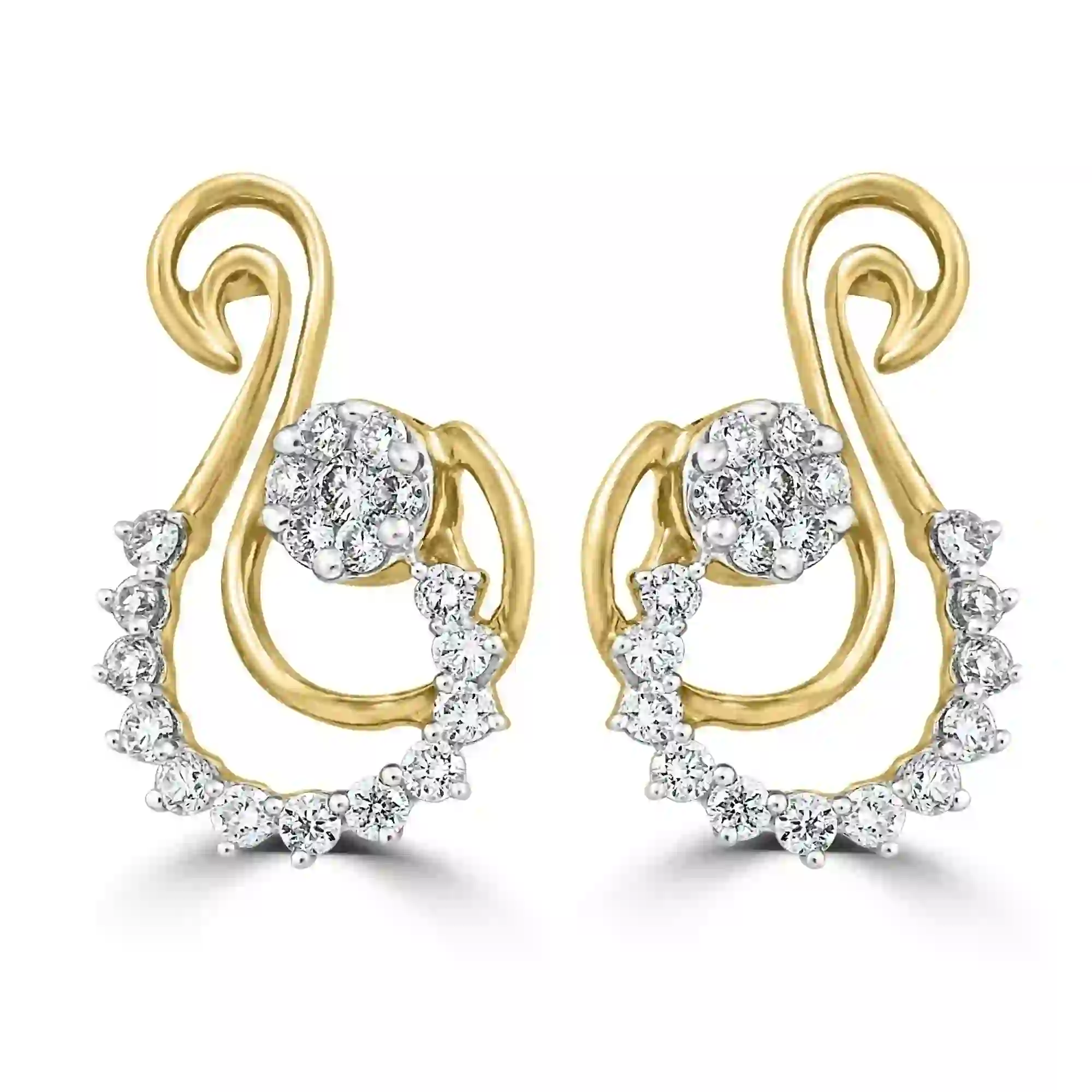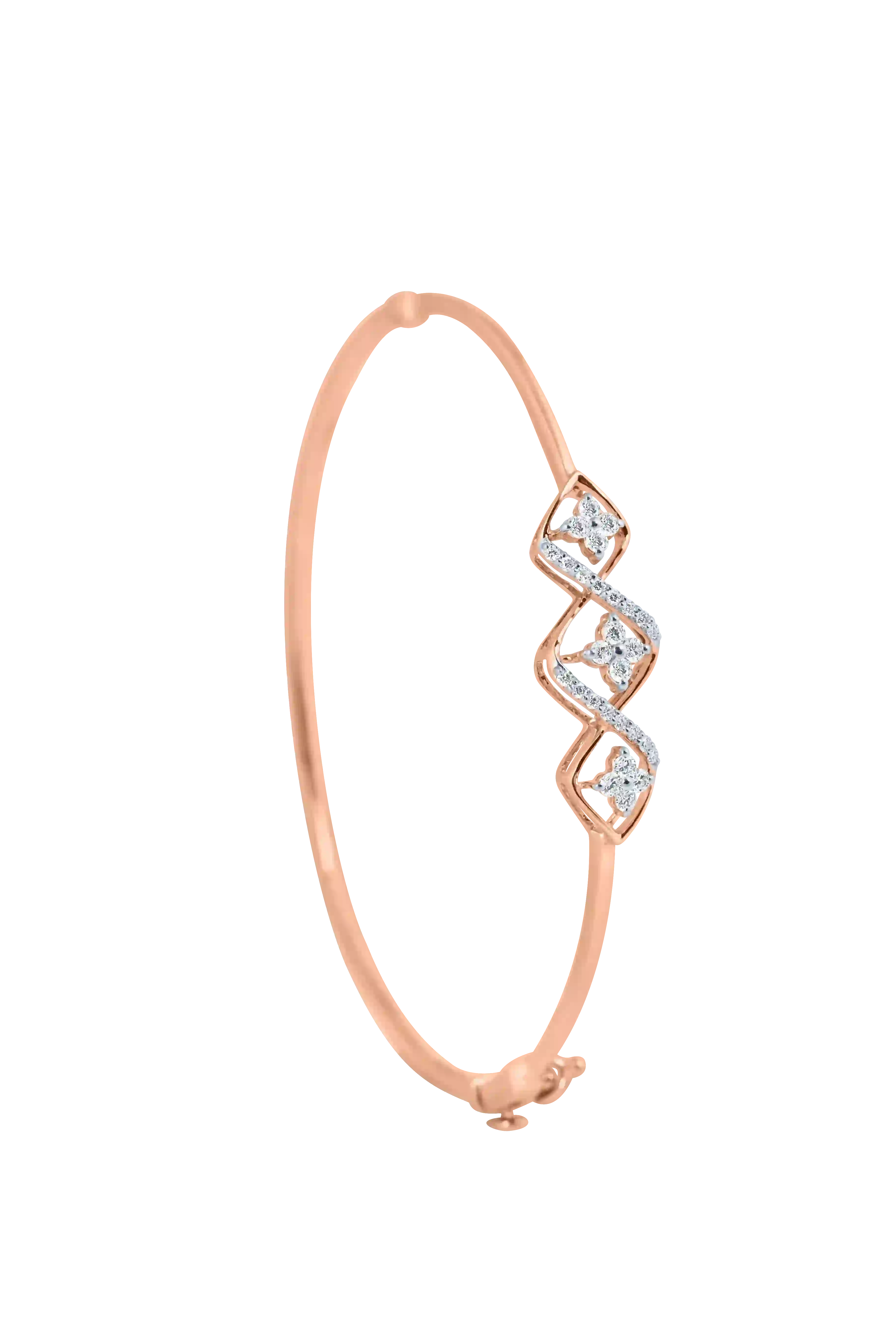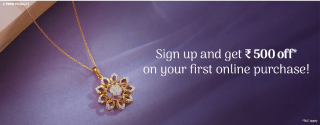Gold Carat
The term "carat" in gold refers to the purity of the gold alloy. Pure gold is 24 carats, which means it is 100% gold. However, pure gold is too soft for everyday wear, so it is often alloyed with other metals to enhance its strength and durability. For example, 18 carat gold is 75% gold and 25% other metals, making it more suitable for jewellery that will be worn frequently.
What is the Karat of Gold?
Karat is a unit that measures the purity of gold alloys. The higher the karat number, the purer the gold content. For instance, 24 karat gold is considered pure gold, while 14 karat gold consists of 58.3% gold and the rest is made up of other metals such as copper, silver, and zinc. This combination makes the gold more durable for crafting intricate jewellery pieces.
Understanding the Difference Between Carat and Karat
While "carat" is used to measure the weight of diamonds and other gemstones, "karat" measures the purity of gold. A carat (ct) measures the weight of gemstones, where one carat is equivalent to 200 milligrams.
In contrast, a karat (K) measures the purity of gold, with 24 karats being pure gold. Understanding this distinction is crucial for both buyers and sellers in the jewellery market.
What is the Color of Gold?
Gold is naturally yellow, but it can be alloyed with different metals to produce a variety of colors. White gold, for example, is created by mixing gold with metals like palladium or nickel, giving it a silver-like appearance.
Rose gold, on the other hand, is achieved by adding copper, resulting in a warm pink hue. Green gold, which is less common, is made by alloying gold with silver and sometimes zinc.
The History and Significance of Gold Jewellery
Gold jewellery has been a symbol of wealth, power, and beauty throughout history. From ancient Egyptian pharaohs to Indian maharajas, gold has adorned the necks, wrists, and fingers of the elite. In India, gold is particularly significant during weddings and festivals, symbolizing prosperity and auspiciousness.
Each piece of gold jewellery not only reflects personal style but also carries cultural and historical significance.
How to Care for Gold Jewellery
Caring for gold jewellery ensures its longevity and shine. It’s advisable to store gold pieces separately to avoid scratches. Regular cleaning with mild soapy water and a soft cloth can help maintain its luster.
Avoid exposing gold jewellery to harsh chemicals or abrasive materials. For intricate or antique pieces, professional cleaning is recommended to preserve their beauty and integrity.
Choosing the Right Gold Jewellery
When selecting gold jewellery, consider the karat, color, and design that best suits your personal style and needs. Higher karat gold is softer and more suitable for special occasions, while lower karat gold offers greater durability for everyday wear.
The color of gold should complement your skin tone and wardrobe, and the design should reflect your unique taste and lifestyle.











 BRACELET
BRACELET YELLOW GOLD
YELLOW GOLD STONE-NATURAL DIAMONDS
STONE-NATURAL DIAMONDS DIYA DIAMONDS
DIYA DIAMONDS EMERALD
EMERALD COLOR STONES
COLOR STONES GEMSTONE
GEMSTONE WHITE GOLD
WHITE GOLD ROSE GOLD
ROSE GOLD





